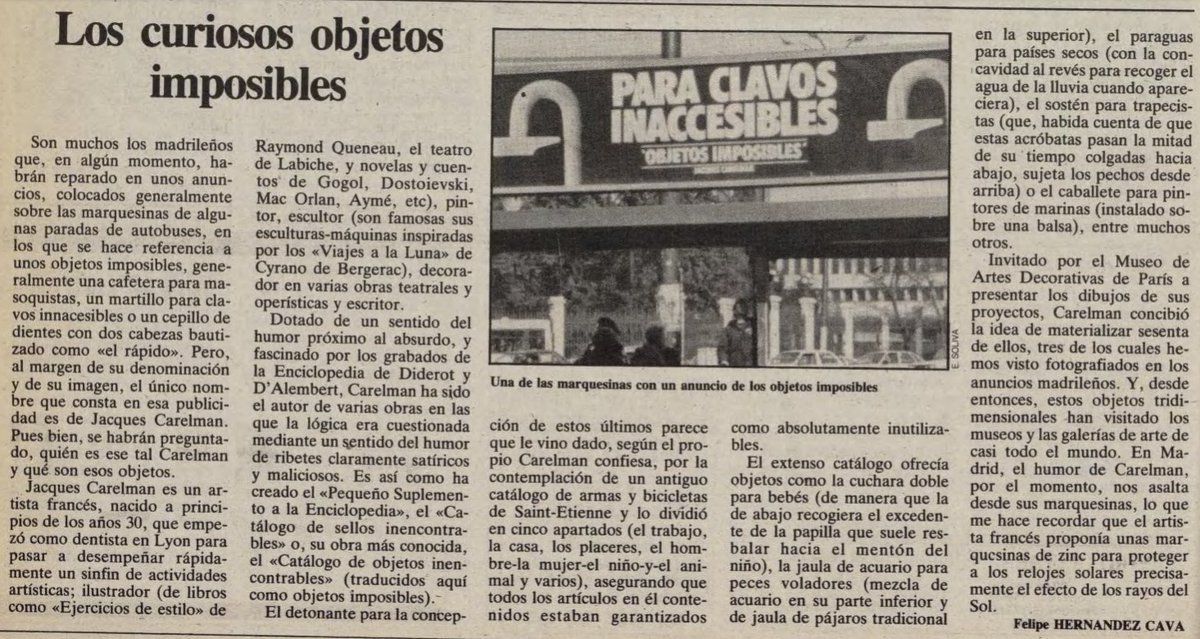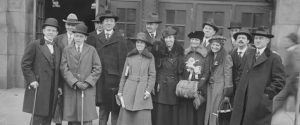One good day, at the end of the 1970s or very early 1980s, Madrid became “flooded” with mysterious advertisements. The EMT bus shelters, which until then nobody had noticed, bore the image of a strange object together with a brief description and a slogan: “OBJETOS IMPOSIBLES” (IMPOSSIBLE OBJECTS). To add to the suspense, underneath, in tiny letters, one could read the name of a certain “Jacques Carelman”; a total stranger to most Madrilenians, given that at that time there was no internet.
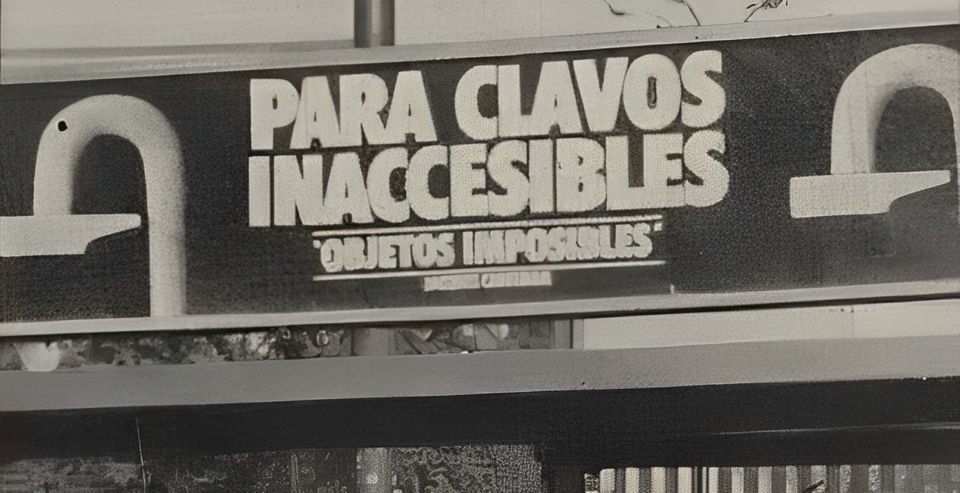
When, moved by curiosity, someone dared to make a public display of ignorance and ask about the matter, except for some “fantaciencia” who would burst out with “supra-rational” explanations lacking any logical sense, nobody would reply. Occasionally, looking away in shame, some charitable soul would dare to tell you in a low voice, almost speaking to himself: “I don’t know.” And the matter was never discussed again.
The fact is that the advertisers had almost unanimously come to the conclusion that nobody could see the ad up there. And they were partly right.
For its part, the company that had the concession for the bus shelters, which was not prepared to bear the cost of changing them, maintained, also with some justification, that the fault lay not so much with the location as with the poor creativity of the advertisements.
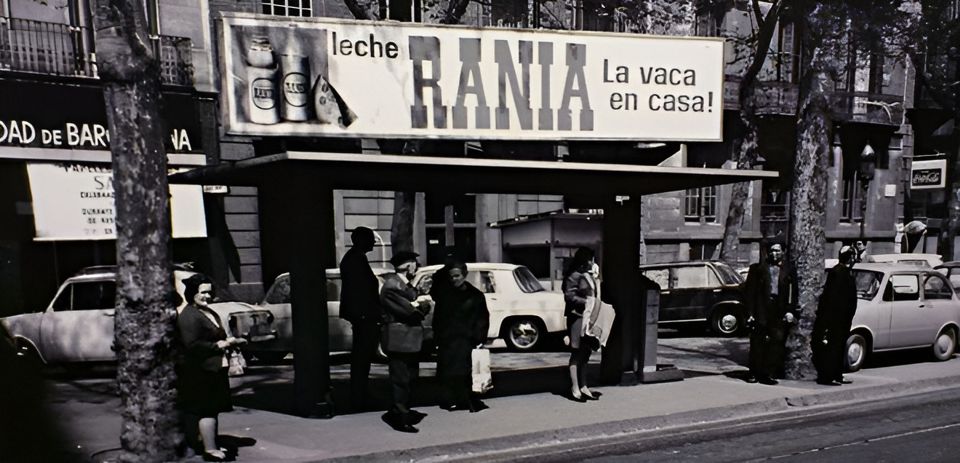
Faced with such a situation, the dilemma was how to tell the advertiser and his agency that their ads were really rubbish – no offence, of course. This was not going to be an easy task.
At this point, someone came up with the idea of creating a native advertising campaign, exclusively for those shameful bus stop advertisments. We had to show advertisers that it was not only possible to run a profitable campaign, but that it could even go viral (in those days we called it the “word-of-mouth effect” and the more promiscuous ones “mouth-to-mouth”).
When it was all said and done. The campaign was a success in terms of social repercussions, but the advertisers “continued in their threes”, unwilling to recognise that advertising, even when it is not born with a native vocation, must adapt to the nature of the medium and support for which it is destined. So, in the end, the the bus stop advertisments had to be changed.
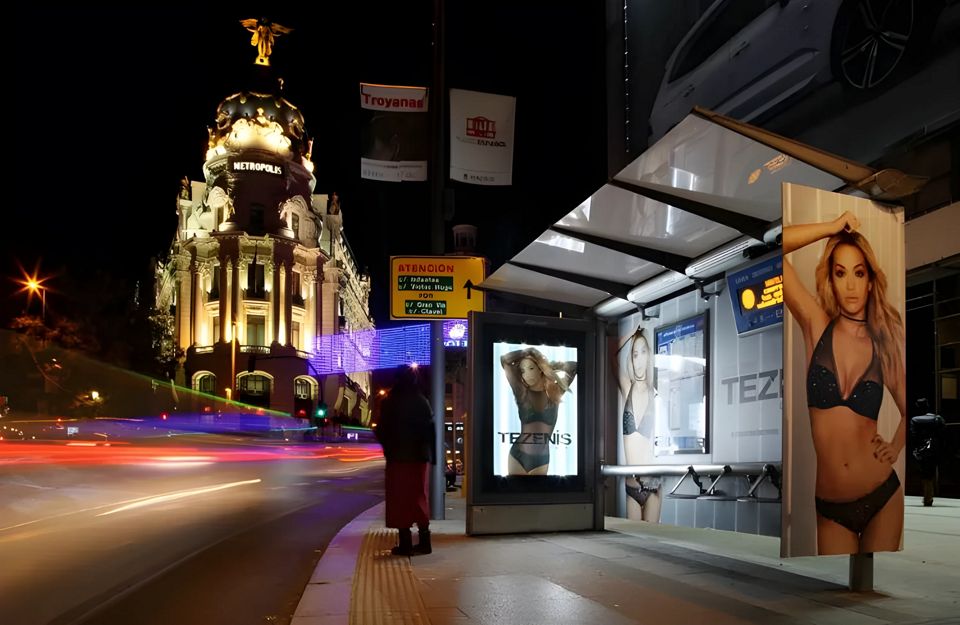
That said, … they had a point.
Jaime Ávila Rodríguez de Mier
General Director of Recursos de Mercado
Published on 1 June 2022 by the magazine:

